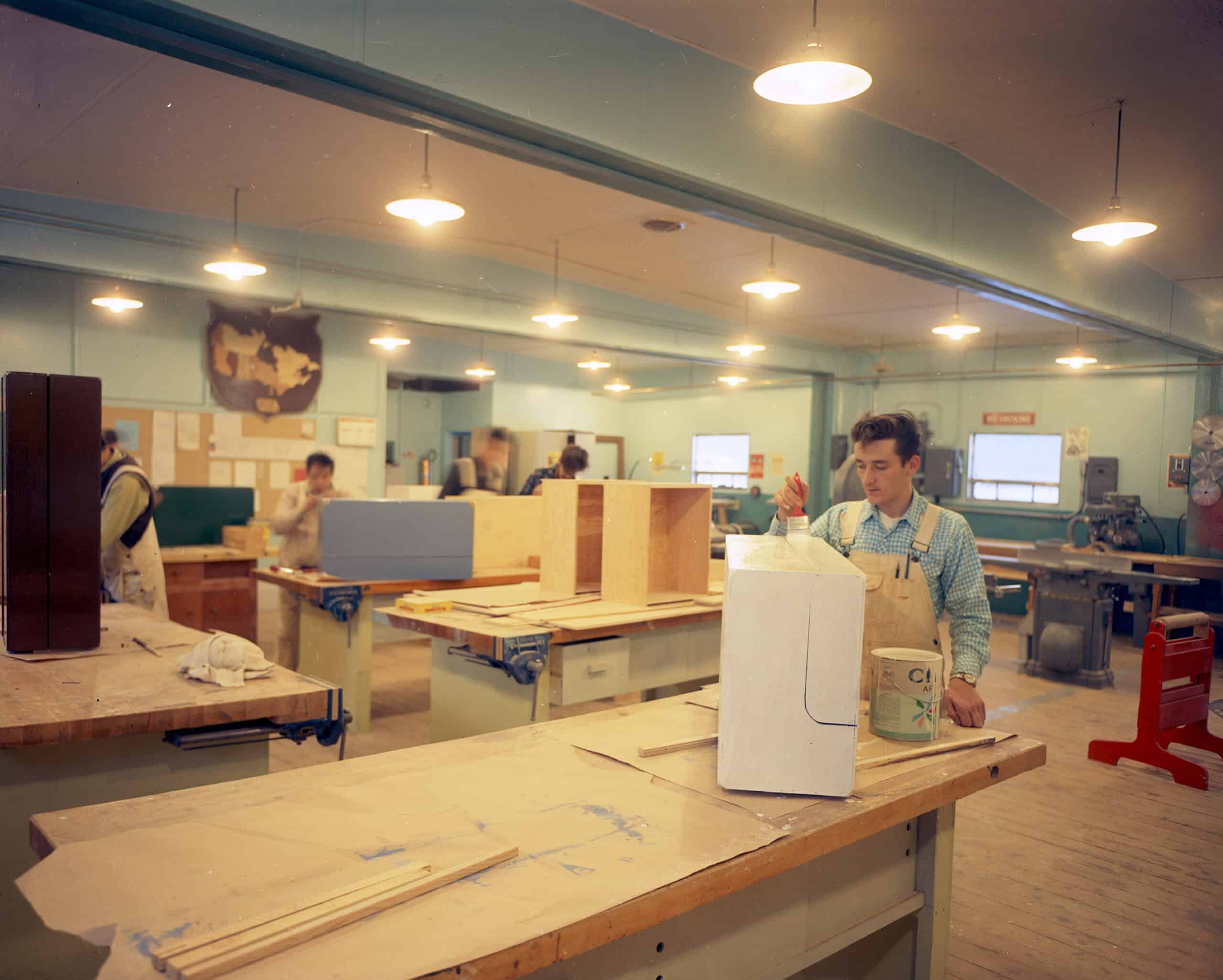I’ve written before about education myths. One of the most persistent is that Indiana schools no longer offer many vocational classes (now referred to as career and technical education, or CTE for short).
In reality, our public high schools offer more CTE classes than ever before — far more than when you were in high school — and they’re adding even more of them all the time. Wonder why you haven’t noticed an auto shop at your local high school? And hey: don’t they force our kids to go into the city for those classes?
The reason all those CTE classes aren’t as visible to you is that the folks in our Statehouse decided to restructure things five decades ago. As usual, they were thinking about money … but they were also thinking about fairness.
You see, CTE programs are astonishingly expensive to offer and tough to staff. In the late 1970s, our state’s leaders became concerned that while big school districts had the resources to offer many CTE classes, smaller schools like Cascade and Tri-West would never be able to keep up, putting their graduates and the communities they called home at a serious economic disadvantage.
They decided to give every student in the state equal access to CTE classes by establishing regional career academies to house programs for a specific area. Hendricks County’s six high schools are partners in Area 31, the CTE program located at — but operationally separate from — Ben Davis High School. Area 31 is jointly operated by 11 school districts, cooperating to offer these important programs to their students. (Schools may also offer additional CTE programs beyond Area 31’s.)
If you’ve never toured Area 31, watch for their next open house or ask their office. They’re proud to show off their programs, and they should be. Yes, you’ll still see students learning carpentry fundamentals and diagnosing engine problems. But wait until you see the other classrooms, where students are learning how to raise food fish and vegetables at the same time, operating computer-controlled precision manufacturing equipment, or responding to the health needs of simulated patients. One of Area 31’s most successful programs is in cybersecurity, in which graduates are walking right into high-salary jobs with tech leaders. It’s not their only program with a direct path to high-paying work, either.
(Have a child or a grandchild who’s approaching middle or high school age? They need to know about Area 31’s programs now, so they can prepare. It’s far from what you remember about vocational education. Programs have competitive admissions — they’re no longer the last resort for students who struggle in traditional classrooms.)
Why don’t schools offer all the shop classes you remember? Because many of those classes trained students for an economy that no longer exists. The mechanical drawing and metalworking skills I learned in my shop classes may have been interesting, but both were completely obsolete and useless a decade after I took them. Like stenography and learning how to use a manual typewriter. Sorry to make you feel old.
